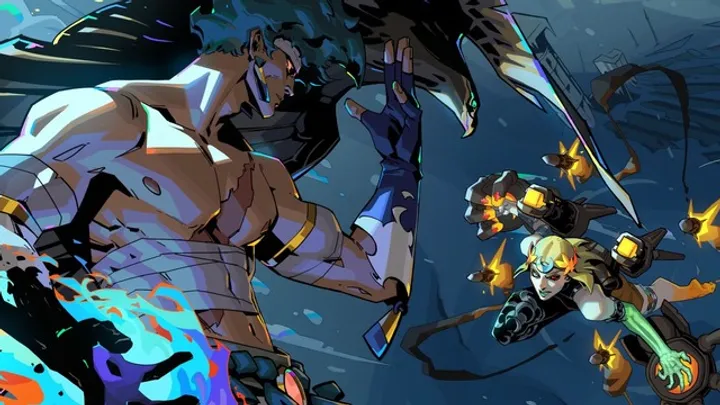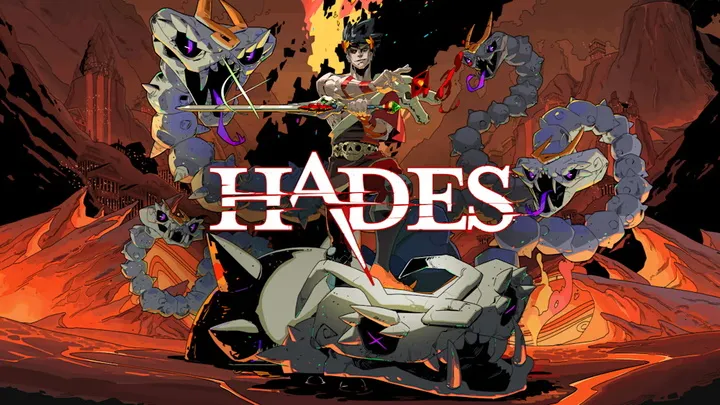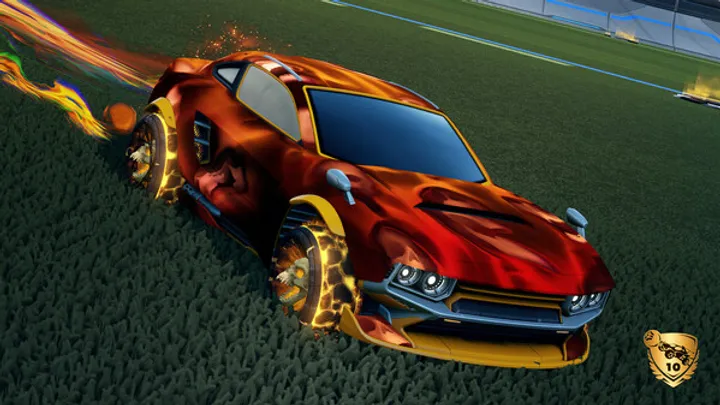Introduction
Gorilla Tag isn’t just another VR game—it’s a cultural phenomenon. With millions of players diving into lobbies daily, the game has transformed from a simple experiment in locomotion into one of the most fast-paced, chaotic, and surprisingly strategic VR experiences available. At its core, Gorilla Tag is a playground of physics, social dynamics, and pure movement skill. Players swing, climb, vault, and leap across environments to evade capture or tag others, relying on nothing more than their arms and creativity.
But beneath the simplicity lies surprising depth. Learning how to move efficiently, read other players’ strategies, and build endurance are essential if you want to consistently succeed. This guide dives deep into techniques, tips, and advanced strategies for mastering Gorilla Tag. Whether you’re just starting out or hoping to sharpen your competitive edge, the following chapters will equip you with the tools to dominate the jungle.
1. Getting Started with Gorilla Tag
Before diving into advanced techniques, every player must learn the basics. Gorilla Tag strips away traditional VR mechanics like joysticks or teleportation. Instead, you control your gorilla entirely with arm movements, simulating running, climbing, and leaping.
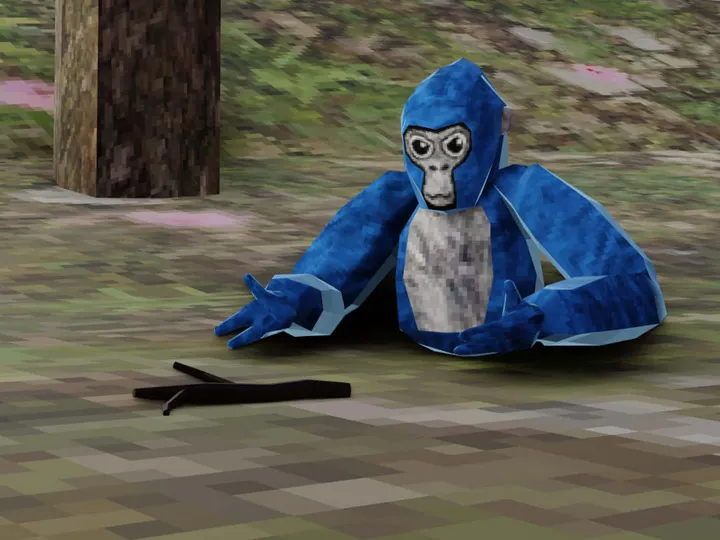
At first, this can feel disorienting and even exhausting. Many beginners push too hard, slam their arms, or attempt to “swim” through the air. The trick is controlled motion—small, deliberate pushes against the ground. The more you practice, the more natural it feels.
Key Beginner Tips
- Start slow: Focus on short, firm arm movements rather than flailing.
- Keep balance: Use your body weight and real-world posture to stabilize movement.
- Warm up: Stretching your arms and shoulders before long sessions prevents strain.
2. Understanding Game Modes
Gorilla Tag currently offers several modes, each with unique rules and strategies.
Infection Mode
The most popular mode, where one infected gorilla must tag others until all are infected. Survival relies on quick thinking and group awareness.
Hunt Mode
Players are each assigned a specific target. Instead of tagging anyone, you must chase your target while avoiding the gorilla hunting you. This creates layered mind games.
Casual Mode
Perfect for newcomers or those who want to practice without pressure. It’s also where much of the social side of Gorilla Tag takes place.
Mini-Games in Public Lobbies
Players often create their own modes like “Monkey on the Shelf” or “Ghost in the Graveyard,” which require both creativity and movement skill.
3. Mastering Locomotion Basics
Movement is the heart of Gorilla Tag. Without joysticks, you rely solely on physics.
Running Technique
Instead of slapping the ground wildly, push backward with your arms at a slight angle. Think of it like scooping the earth behind you rather than punching downward.
Climbing and Wall-Grabbing
Walls are your best friend. By pushing alternately with each hand, you can climb vertically or scale across obstacles.
Leaping with Precision
Jumping requires rhythm. Swing your arms downward and push against the ground with a strong, controlled motion. Aim to leap forward and upward at the same time.
4. Advanced Movement Techniques
Once the basics are mastered, higher-level players use advanced tricks to outpace others.
Wall Running
- Place your hands slightly to the side and push diagonally.
- Maintain momentum by alternating arms rhythmically.
Lucio Running (H3)
A fan-favorite advanced technique, where you run up walls using angled pushes, creating spiraling momentum to escape or chase effectively.
Branching (H3)
The art of moving across treetops and obstacles. Requires memorizing branch layouts and precise leaping. Branching is crucial for avoiding tags in Infection mode.
5. Reading the Map and Using Environment
Gorilla Tag offers several unique maps, each with its own terrain and challenges.
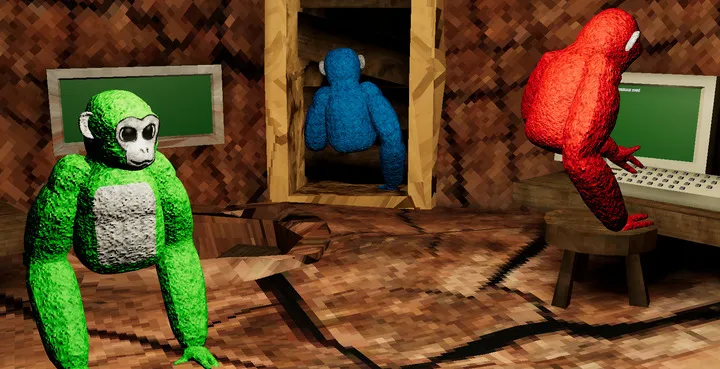
Forest Map
The most iconic map, with trees, stumps, and platforms. Mastering tree-branch navigation is essential here.
Canyon Map
Features winding caves and steep cliffs. Vertical climbing and wall jumps dominate strategies.
City and Cave Maps
Often used for social spaces, but they hide opportunities for parkour-based mini-games.
Strategy Tip
Know every shortcut, climb path, and hiding spot. Skilled players exploit the terrain to make themselves much harder to catch.
6. Strategies for Infection Mode
Infection is the bread and butter of Gorilla Tag, and strategy varies depending on whether you’re a survivor or an infected gorilla.
As a Survivor
- Stay unpredictable: Zigzag across the map.
- Use high ground: Branching keeps you out of reach.
- Work the edges: Staying near walls allows for quick climbing escapes.
As the Infected
- Cut off paths: Don’t just chase—predict movements.
- Use group pressure: Corner survivors with other infected players.
- Stay patient: Forcing survivors into mistakes works better than reckless lunges.
7. Hunt Mode Tactics
Hunt requires a balance of aggression and stealth.
Offense Strategies
- Close the gap quickly: Surprise is your strongest tool.
- Use verticality: Climbing above targets lets you ambush effectively.
- Track behavior: Learn how your target moves and plan intercepts.
Defense Strategies
- Stay near obstacles: Always give yourself a climbing escape.
- Blend in: Avoid standing out with erratic movement.
- Counter-ambush: Lead your hunter into areas with multiple exits.
8. Social and Communication Dynamics
Beyond mechanics, Gorilla Tag thrives on its social component. Communication is often chaotic, but learning how to use it is part of success.
Tips for Social Play
- Listen actively: Many players unintentionally give away positions or strategies.
- Play mind games: Fake directions, lure hunters, or bluff.
- Respect boundaries: The VR community is diverse—be competitive, but also welcoming.
Community Mini-Games
Some of the most memorable Gorilla Tag experiences come from fan-created rulesets. Learning these enhances your versatility and enjoyment.
9. Building Endurance and Avoiding Fatigue
Gorilla Tag is physically demanding. Sessions often feel like full workouts.
Fitness Tips
- Pace yourself: Alternate between fast chases and slower climbing.
- Hydrate: Treat Gorilla Tag like exercise.
- Posture check: Maintain good back and shoulder alignment to avoid injury.
Long-Term Stamina
Regular play naturally improves endurance. Many competitive players cross-train with pushups or climbing exercises to boost arm strength.
10. Advanced Competitive Mindset
The final layer of mastery comes from mental discipline. Gorilla Tag isn’t just about raw speed—it’s about strategy, adaptability, and patience.
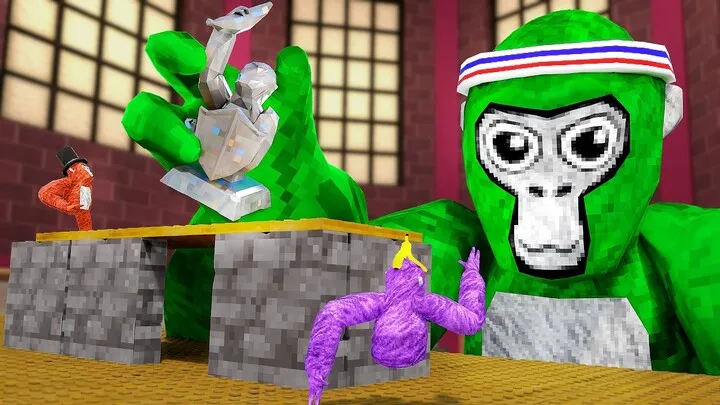
Key Principles
- Stay calm under pressure: Panic often leads to sloppy tagging.
- Anticipate others: Reading body language and movement patterns helps predict actions.
- Play the long game: Sometimes survival is about conserving energy for the right moment.
Practicing Like a Pro
- Set personal goals for survival time.
- Record and review gameplay to identify weaknesses.
- Train with more skilled players to accelerate improvement.
Conclusion
Gorilla Tag may seem chaotic at first glance, but beneath the surface lies a world of skill, strategy, and community. From mastering locomotion basics to perfecting advanced movement like Lucio running and branching, the game rewards persistence and creativity. Each map offers unique opportunities, and every game mode tests different aspects of your reflexes, stamina, and psychological resilience.
Ultimately, success in Gorilla Tag isn’t just about tagging or escaping—it’s about enjoying the movement, embracing the social dynamics, and challenging yourself physically and mentally. With the tips and guides outlined above, you’ll not only improve your skills but also deepen your appreciation for what makes Gorilla Tag one of VR’s most innovative and exhilarating experiences.









